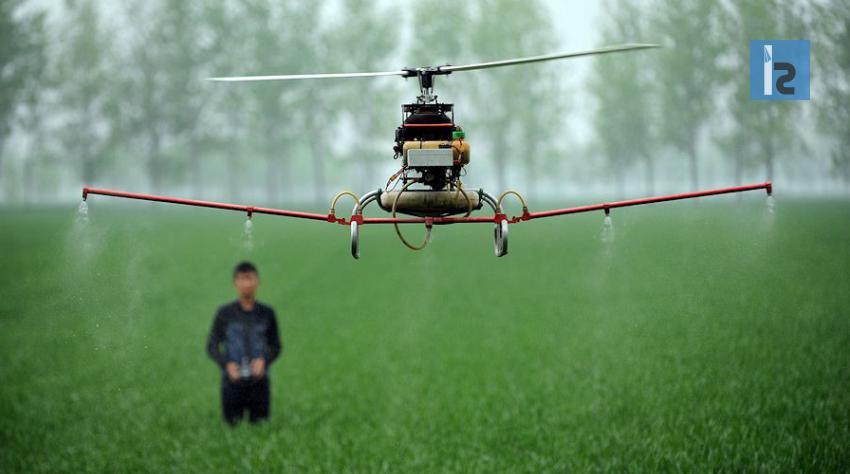Drones, also known as Unmanned Aerial Vehicles (UAVs), have existed for a very long time now. However, their practical applications have expanded tremendously with technological advancements and a significant reduction in their cost. In the field of agriculture, drones can help in surveying and delivering few input materials to the field. There is a growing need to meet the increasing food demands and improving the water usage planning in farming. Agricultural drones are the most apt solution for these problems. Among all the technological developments made in the field of smart farming, agricultural drones seem to be the best. They are small in size, have multispectral imaging sensors and are available at affordable costs. The technology is said to have promising market growth in various areas of the world.
Areas where the agricultural drones are used:
Field Survey:
A drone maps the entire field and along with the necessary software it provides effective planting patterns to the farmers. Drones incorporate one or more aerial cameras and are equipped with GPS. The multispectral imaging property of the cameras covers a wide range of the farmland.
Crop and Livestock Monitoring:
The cameras, GPS, and sensors in the drones help capture relevant images and provide the exact position of the crop in the field. This technology provides a better quality of images than the previously used satellite imagery and at a lesser cost. A method called normalized difference vegetation index (NDVI) is used to determine the plant health. This method can help detect the crop health problems beforehand and better than any other way. Hence, major crop failure can be avoided. Aerial inspection of livestock to constantly study the position of the livestock on the field, inspecting their health, numbers and general conditions have been made easy with the help of drones.
Precise Agriculture:
Precise Agriculture involves efficient use of farming resources like fertilizers and water. As the farmer can consistently monitor the crop field, it becomes easy to inspect the crop for diseases, check irrigation and study the fertilizer requirements.
Crop-Dusting and Spraying:
Drones can help spray fertilizers in a more efficient way than using conventional methods like tractors. Also, it saves the workers from harmful pesticide exposure. With more development, drones will be able to fire seed pods directly into the field enabling aerial planting.
Health Assessment:
With drones, it is easier to identify changes in plants and analyze their health quickly. Bacterial and fungal infections, as well as nutritional deficiency in plants, can be detected early hence preventing the high amount of loss or in some cases crop failure. Nutritional deficiency can be due to insufficient provision of water or fertilizers.
Agricultural drones have a potential market growth in the future as their popularity is increasing with each new day. They help generate higher revenues in the field of agriculture with low cost and low environmental impacts. Technological improvements in agricultural drones are being made for higher efficiency. New advancements are suggested and implemented in the agricultural drone technology. More sophisticated sensors as well as cameras, like 3p sensor, should be used to enhance the image quality further. Automated agricultural drones have been introduced. In an automated drone, no manual intervention for planning, flying or managing of the drone is required once it is installed. Agriculture has hence, become more precise, more efficient and more cost-effective using drones.
-Aishwarya Nawandhar
Smart Farming Using Agricultural Drones


